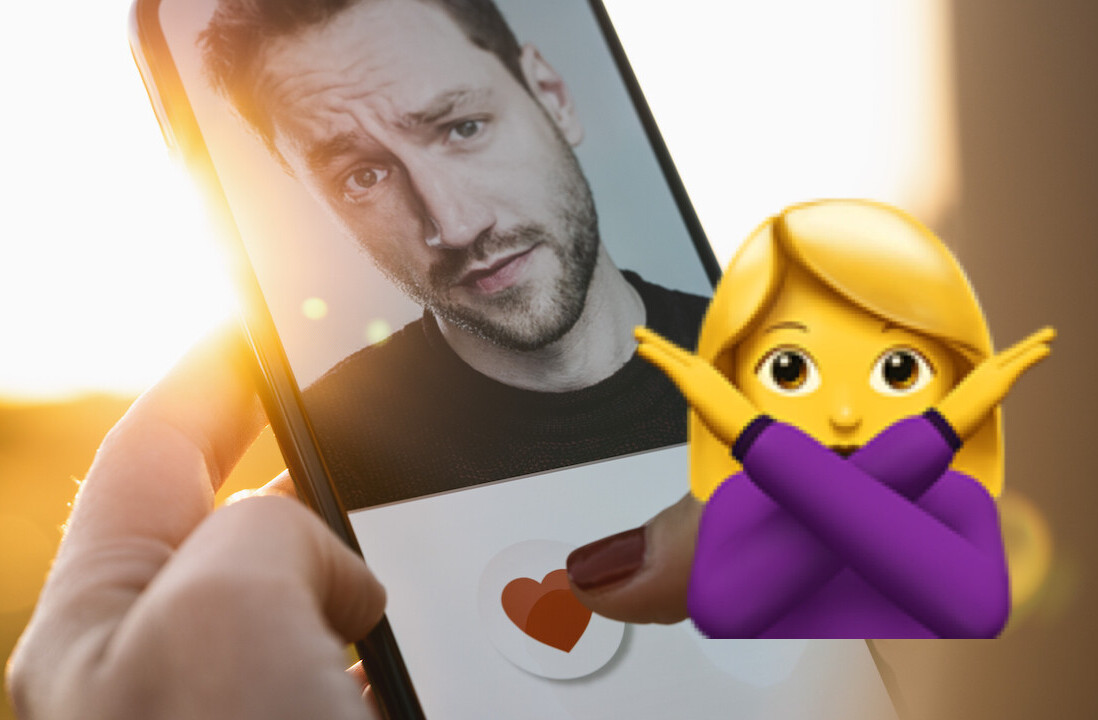
This past June, Foursquare, the NYC based LBS app hit 10 million users in 2 years. While coverage of the announcement spread far and wide, we thought it only fair to draw your attention to deCarta’s MapSearch application, which hit 10 million users in four months.
Intriguing to say the least… Unlike Foursquare, MapSearch is a white label application that deCarta tailors with market and handset specific content and features for different countries and OEMs. It is supported on five platforms:
- Feature phones via Opera Mini browser
- Smartphones with HTML5 browsers (Android, iPhone, bada, others)
- Android Native (for China, includes Navigation)
- iPhone Native (for China Q4)
- Desktop
We caught up with Brian MacDonald, the Vice President of Mobile Business Development at deCarta to discuss his secrets behind the app’s success. The 20-year veteran of telecommunications marketing and sales is best known for launching the “T-Mobile Sidekick.”
CBM: What is deCarta and what applications do you power?
Brian MacDonald: deCarta provides technologies that major brands use to provide location-based services (LBS). Some of our early customers include Google, Yahoo, Telenav and Hotels.com. Our technologies are currently being utilized by such diverse companies as GM OnStar, Samsung, T-Mobile Europe and FullPower/MotionX.
CBM: What does MapSearch help consumers do?
BMD: MapSearch is both a local search and a “near-me-now” application. The initial implementation was designed to work on low-end feature phones with limited browser capabilities. Previously, these phones had been unable even to display maps, but our application lets you search for a specific point of interest, such as an address or a landmark or a particular restaurant, see it on a map, and get directions to that location. You can also see all items within a particular category – restaurants, for example or ATMs – and display them on a map or on a list.

Our next-generation version, due out later this month, runs on higher-end phones and includes geo-location. It also takes advantage of the richer UI features on these phones, such as pinch zooming, double tapping, dragging, and so on.
CBM: Where is MapSearch available? And for whom?
BMD: MapSearch is currently available through our partner, Opera Software, on their Opera Mini speed dial – that’s the first page you see when you launch the Opera Mini browser on your phone. This has been officially launched in 14 countries so far, including the US, India, Indonesia, and most of Western Europe.
CBM: How have you been promoting the app?
BMD: We built MapSearch to easily integrate into existing platforms. For example, Opera launched it on their Mini Speed Dial in late March. Thanks to Opera’s well-established user base, the growth has been purely organic across regions since then.
CBM: How do you think MapSearch has managed to surpass Foursquare in terms of speed of growth?
BMD: Much of the rapid speed of the MapSearch’s growth has resulted from our partnership with Opera. When you partner with the number mobile phone browser in the world – which Opera is – it solves your distribution problem pretty quickly. The next step is to continue to make the app compelling and useful enough that people keep coming back. We’ve been doing that by adding things like Facebook integration, improved search, and richer content.

CBM: Is the app ad supported? What kinds of ad opportunities are available to brands?
BMD: Yes, the application is free to end users and is supported by advertising. We have two partners we use for advertising. For an ad-serving platform, we are using AdMarvel, which is a subsidiary of Opera software. For the actual ads themselves, we have a partnership with Navteq’s Location Point Advertising (LPA) group. Navteq LPA provides context-sensitive and location relevant advertising. For example, if you were looking for a hotel in New York City, you might see a special hotel deal listed along with your search results.
We see location-relevant advertising as the big breakthrough for mobile advertising. Since most mobile searches are motivated by buying intent, and since the more useful results will be those closer to the user, you can actually introduce things like coupons or sponsored links into the search results and the user perceives them as valuable.
As for ad opportunities for brands, the possibilities are just now being explored as people realize that mobile advertising isn’t just web advertising on a smaller screen. The mobile phone has different capabilities and different use cases from a PC, and advertising needs to evolve to recognize this. You can have things like mobile coupons, of course, but there are also new ad units like “click-to-navigate”, which can actually guide the user to a store’s doorstep with turn-by-turn directions. You can have proximity alerts, which let a user know when they are near your store or when you are offering a special promotion. The list goes on and on – we’re really in the very early days of mobile advertising and are just beginning to unlock the potential of this market.
CBM: How do you see the MapSearch app evolving in the future?
BMD: We are adding additional social features, such as check-ins and reviews. We have some interesting ideas that we’re just beginning to develop in the area of gamification of location. We are also working on some pretty cool social aggregation features – stay tuned!
*
For more on location relevant advertising, check out our Interview with ThinkNear on what works and what doesn’t for Daily Deals.
Get the TNW newsletter
Get the most important tech news in your inbox each week.




